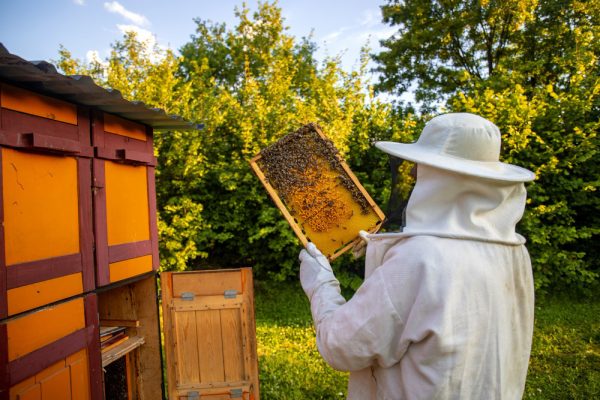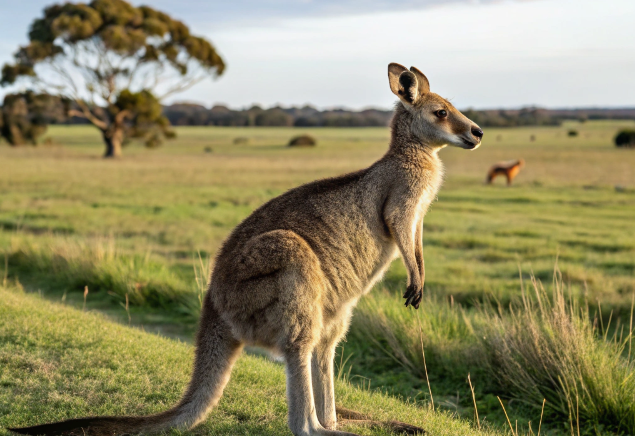In the complicated tapestry of our ecosystem, few creatures play as vital a role as the humble honey bee. Honey bees are not just essential for the production of honey but also for the very survival of countless plant species, including many that humans rely on for food. However, these remarkable insects face numerous challenges, from habitat loss to the looming specter of colony collapse disorder. Understanding the social structure, behavior, and needs of honey bees is crucial if we are to safeguard their future and the health of our environment.
Social Structure of Honey Bees
Honey bee colonies operate as highly organized societies. Each member fulfills a specialized role to ensure the survival of the group. At the heart of the colony is the queen bee. Her primary function is to lay eggs and maintain the population. The worker bees, predominantly female, undertake a myriad of tasks, from foraging for nectar and pollen to tending to the young and defending the hive. Male bees, known as drones, exist solely to mate with the queen.
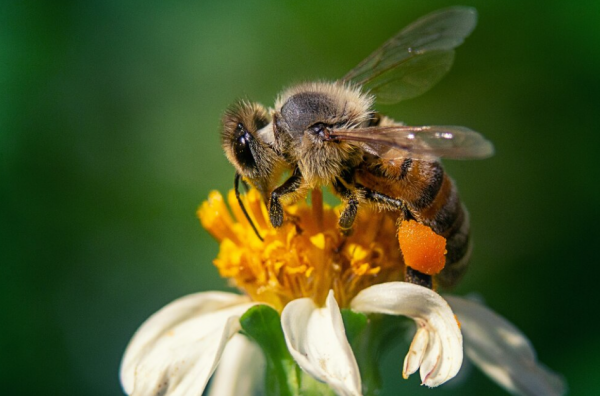
Role of the Queen Honeybee
The queen bee is the nucleus of the hive, responsible for perpetuating the colony through the production of offspring. She emits pheromones that regulate the behavior and development of her subjects, ensuring the cohesion and efficiency of the hive. Without a healthy queen, the colony’s survival is imperiled.
Survival Strategies of Honey Bees
Honeybees have evolved a suite of survival strategies to thrive in diverse environments. They possess a remarkable ability to communicate through intricate dances. Also, they have the capacity to regulate the hive’s temperature and humidity. These and other abilities make these insects exhibit a level of sophistication that misrepresents their miniature size. Additionally, honey bees store surplus nectar as honey, providing a vital food source during lean times.
Hive Activities and Behavior
Within the hive, a complex web of interactions unfolds as bees engage in tasks essential for the colony’s functioning. From constructing intricate hexagonal honeycomb cells to performing waggle dances that communicate the location of lucrative forage sites, each activity is orchestrated with precision to maximize the hive’s productivity.
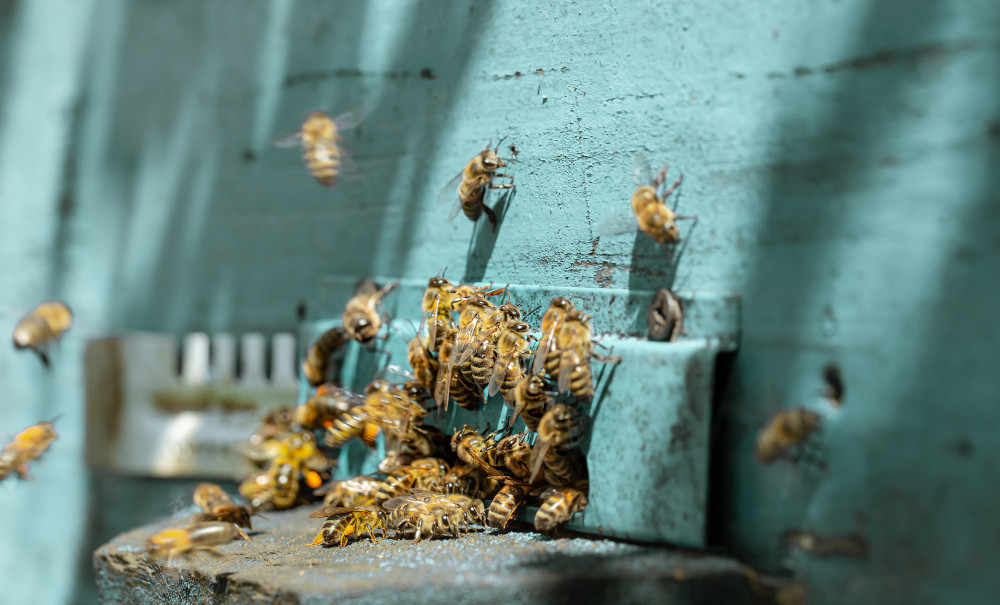
Colony and Swarm Dynamics
As colonies grow in size, they may reach a point where they must divide to form new colonies through a process known as swarming. During swarming, a portion of the colony, including the queen, departs the hive in search of a new nesting site, leaving behind a queen cell to raise a successor. Swarming serves both as a means of reproduction and as a mechanism for population control within the hive.
The Crucial Role of Bees in Food Pollination
The importance of honey bees in pollinating crops cannot be overstated. It is estimated that one-third of the world’s food supply depends on pollinators, with honey bees alone contributing billions of dollars annually to global agricultural production. Without their services, many fruits, vegetables, and nuts would cease to exist, posing a dire threat to food security.
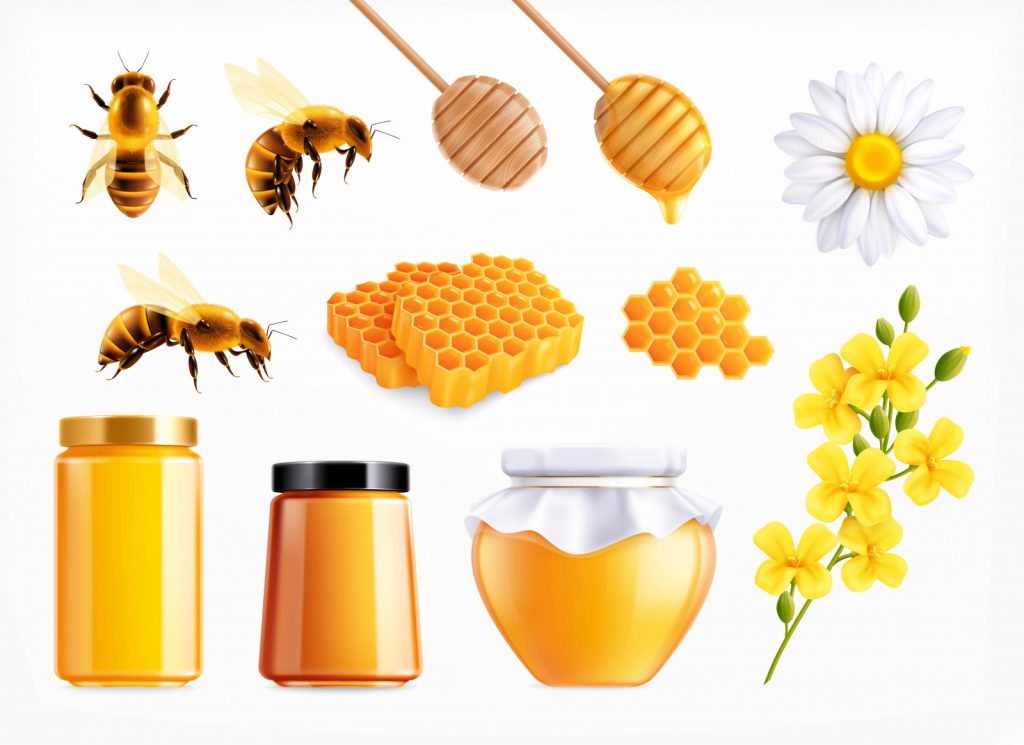
Impact of Habitat Loss on Bee Populations
One of the most significant threats facing honey bees is the loss of habitat due to urbanization, agriculture, and deforestation. As natural habitats are converted into monoculture landscapes devoid of diverse forage sources, bees struggle to find adequate nutrition, leading to declines in population and reproductive success.
Except for the loss of habitat, bees are disappearing due to a combination of other factors. It includes pesticides, diseases and parasites, climate change, poor nutrition, and air pollution. Pesticides used in farming harm bees directly and indirectly by affecting plant health. Diseases and parasites, such as varroa mites, weaken bee colonies. On the other side, climate change disrupts flower blooming times and alters bee food sources. Monoculture farming reduces bee nutrition diversity, and air pollution impairs bee navigation and weakens their immune systems. To address bee decline, efforts should focus on preserving habitats, reducing pesticide use, promoting diverse farming practices, and mitigating climate change impacts.
Bee Decline and Its Effects on the Environment
The decline of honey bee populations has far-reaching consequences for ecosystems and human society alike. In addition to risking agricultural productivity, bee loss disrupts the intricate web of plant-pollinator interactions. This could potentially lead to cascading effects on biodiversity and ecosystem stability.
Steps to Help Save Endangered Bee Species
Efforts to conserve endangered bee species must focus on preserving their habitats, reducing pesticide exposure, and promoting sustainable land management practices. Additionally, supporting research into bee biology and behavior can inform conservation strategies and aid in the recovery of threatened populations.
Natural Gardening Methods
Individuals can play a crucial role in supporting bee health by cultivating bee-friendly gardens. They also can avoid the use of pesticides and herbicides that harm pollinators. Planting a diverse array of native flowering plants provides bees with the nectar and pollen they need to thrive, while providing nesting sites and water sources further improves their habitat.
Creating a Sanctuary for Solitary Bee Species
While honey bees receive much of the spotlight, solitary bee species also play a vital role in pollination. By providing nesting sites such as bee hotels and preserving natural habitats, individuals can create sanctuaries for solitary bees and enhance overall pollinator diversity.
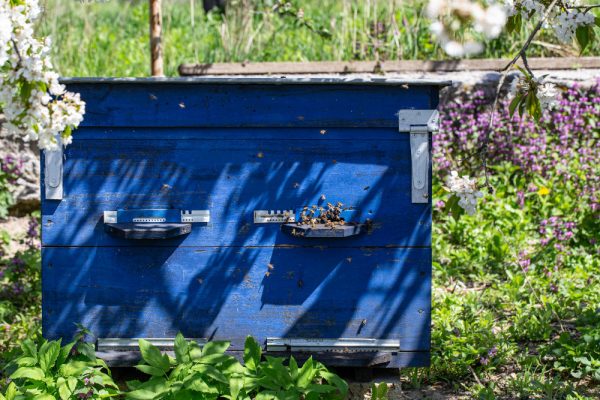
In conclusion, the fate of honey bees is intricately intertwined with our own. By understanding their social structure, behavior, and ecological importance, we can take meaningful action to ensure the continued survival of these remarkable insects and the ecosystems they support. Through collective efforts to protect and preserve pollinators, we can produce a more resilient and endurable future for generations to come.
Were you aware that bees are that important? Tell us in the comments.
You may also like: This Is the Fennec Fox: Ears for Days and a Roaring Nightlife
